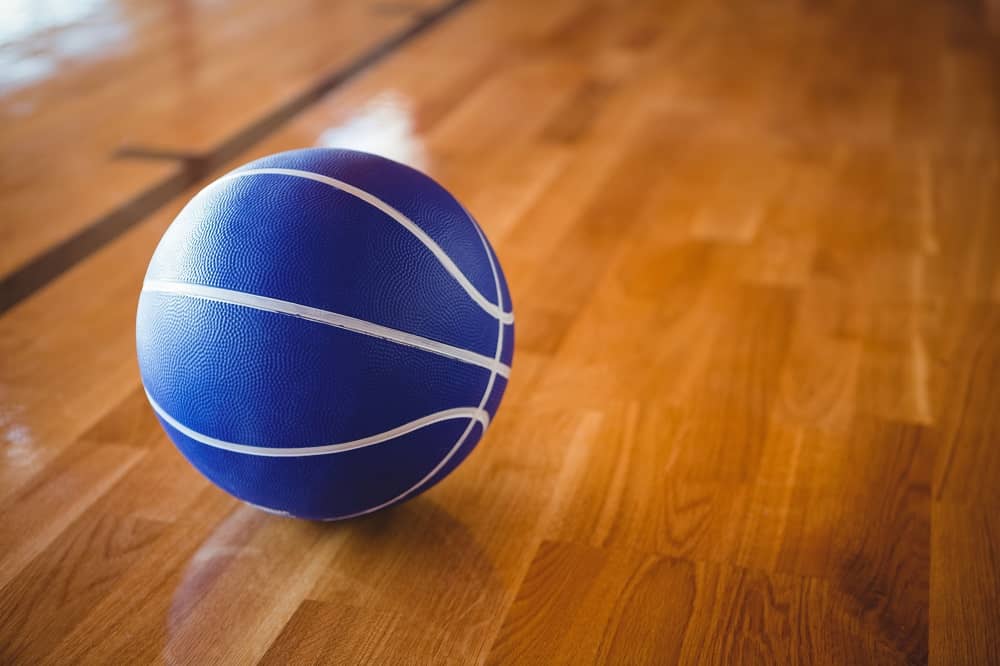Is there anything more frustrating than realizing your floor isn’t level? Possibly not – but it’s not uncommon to find uneven floors at older properties.
Often, it’s a clear indication that there is something wrong with the building’s foundations (i.e. it’s cracking, the flooring wasn’t installed properly, the joists are bending, etc.), however, floors can sag or slope for all kinds of reasons.
If you’re a self-builder, dealing with uneven floors is part of the trade when installing new flooring. But if you’re to do a decent job of installing wood, laminate, carpet, or any other type of flooring, you need a good subfloor to start with.
Here we take a look at some of the best ways to resolve the problem – including a few simple yet effective techniques, such as floor screeding.
Use plywood
Hands down, the quickest way to fix uneven floors is to install a piece of plywood on top of the old lopsided subfloor. This essentially creates a new – perfectly smooth – surface for you to install your floor covering on.
Although great for wood subfloors, this method can also be done on top of concrete subfloors. When dealing with wood subfloors, make sure that you use nails that are thick enough to go right the way through the plywood board and into the floor below. And for concrete floors, you will need to select appropriate bolts to secure the plywood in place.
Grind the floor
For concrete floors with one large bump in the center of the slab, it’s worth using a floor grinder. Why? Well, a floor grinder has horizontal discs that rotate to smoothen rough surfaces and edges – making it the perfect tool for leveling concrete floors. You simply move the machine from side to side, avoiding circular motions as this will create swirls in the floor.
If you’ve got wood subfloors, you’ll want to use a large sander to rub down the bumps or raises. And it’s a sensible idea to wear a dust mask and use painter’s tape and plastic sheets if you expect there to be a lot of sawdust.By incorporating sweeper scrubber floor cleaning machines into your floor grinding process, you can achieve professional-quality results with ease, ensuring a flawless and durable floor surface that enhances the aesthetic appeal of your space.
Apply floor screed
Another option – and a favorite of many self-builders when dealing with dips in the floor – is to use a self-leveling compound (or floor screed).
Floor screed is a mixture of sand, cement, and water that is poured over the top of a subfloor to even out any irregularities – providing a smooth surface, ready for a covering of your choice. The process is known as ‘floor screeding’.
To start, you must ensure that the floor is clean and that any debris has been brushed up. After pouring the substance over the subfloor, you can use a trowel to flatten out any lumpy areas and leave it to dry completely.
But why not employ the experts?
JCW are professional floor screeding contractors and use only the best quality traditional sand and cement screeds to fix uneven floors. These include fiber-reinforced screeds, high-strength screeds and quick-drying screeds. A quick look at their case studies proves that they have worked on several prestigious projects in the UK – including the Kellogg’s factory in Manchester and Alton Towers’ Enchanted Village – so why not find out how they can help you?












